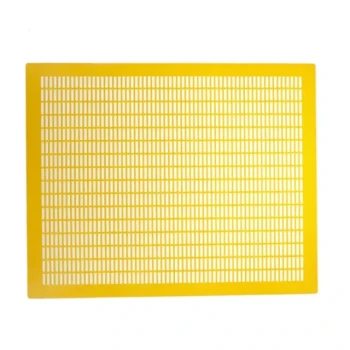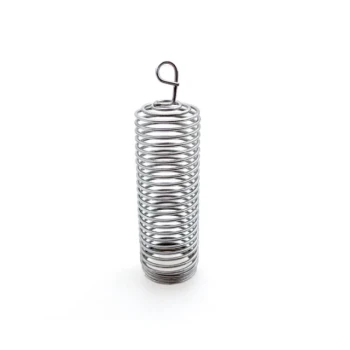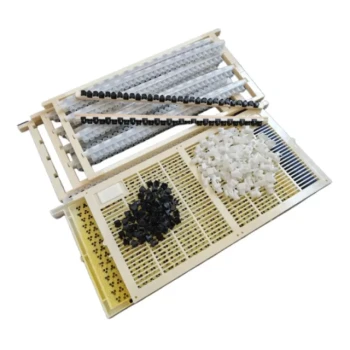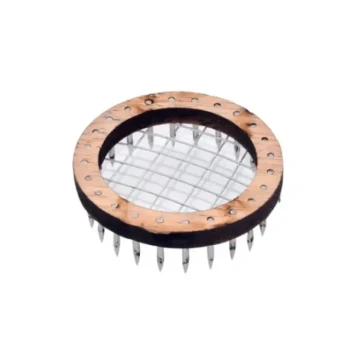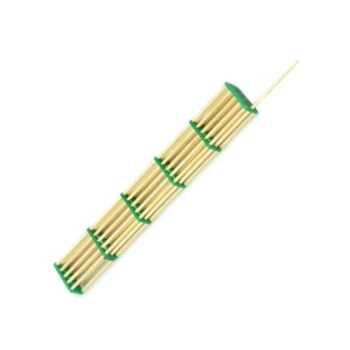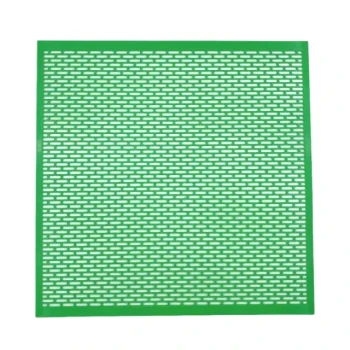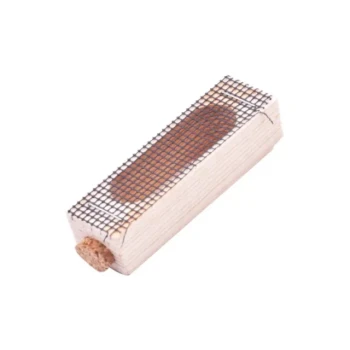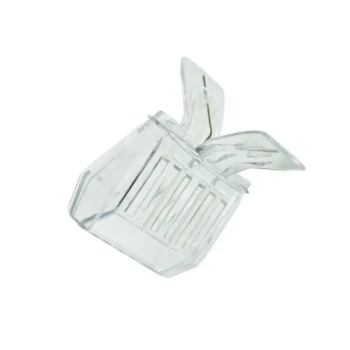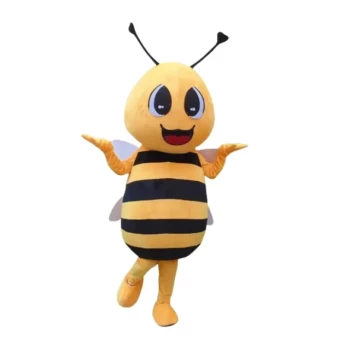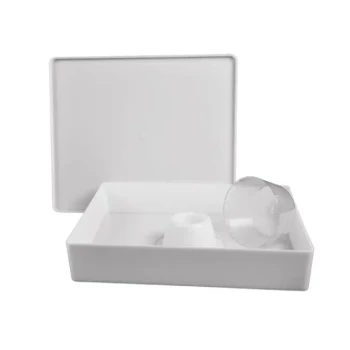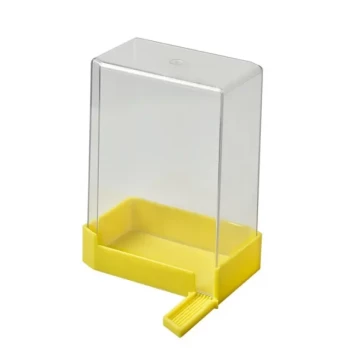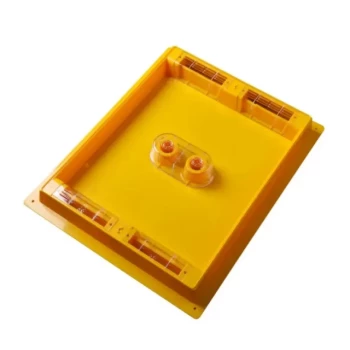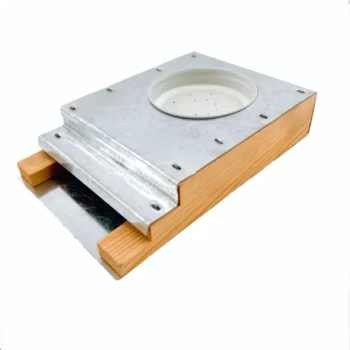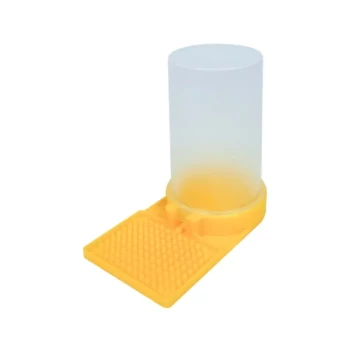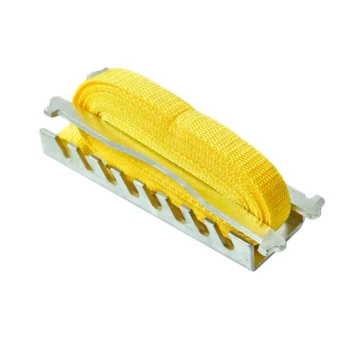Contrary to what it may seem, removing a queen bee is not an act of destruction but a critical management technique. Beekeepers intentionally remove a queen primarily to replace her, a process known as "requeening," to ensure the long-term health, productivity, and stability of the entire hive.
The core reason a beekeeper removes a queen is to proactively manage the colony's future. It is a calculated decision to replace an old, underperforming, or swarm-prone queen with a new, vigorous one, thereby preventing colony decline and securing its genetic quality.
The Queen's Role as the Heart of the Hive
To understand why a queen is removed, one must first appreciate her central function. She is not a ruler but the sole reproductive engine of the colony.
The Engine of Population Growth
The queen's only job is to lay eggs—up to 2,000 per day during peak season. A strong, consistent laying pattern is directly responsible for maintaining a large, healthy workforce of bees.
The Source of Social Cohesion
The queen produces unique chemical signals called pheromones. These pheromones spread throughout the hive, unifying the bees, signaling that the colony is "queenright" (has a healthy, laying queen), and suppressing the reproductive development of worker bees.
Key Reasons for Queen Removal and Replacement
A beekeeper intervenes and removes a queen for several strategic reasons, all aimed at improving the colony's chances of survival and success.
1. Declining Performance Due to Age
A queen's egg-laying ability naturally declines after her first or second year. A beekeeper who marks and tracks the queen's age can identify when her laying rate drops, resulting in a shrinking population and a weaker hive. Replacing her preempts this decline.
2. Preventing Swarms
Swarming is the colony's natural method of reproduction, where the old queen leaves with roughly half the worker bees to start a new hive. While natural, this event drastically reduces the original hive's population and honey-gathering potential. Requeening can reset the colony's swarming impulse.
3. Poor Genetics or Aggressive Temperament
A beekeeper may remove a queen to improve the hive's genetic traits. If a colony is overly aggressive or susceptible to disease, introducing a new queen with more desirable genetics can change the entire temperament and resilience of the hive within a single generation.
The Process: A Controlled Transition
Removing a queen is not done haphazardly. It is part of a careful process designed to ensure the colony accepts her replacement.
Locating and Removing the Old Queen
The first step is to find the current queen. Marking the queen with a small, color-coded dot makes this task significantly easier and less disruptive for the hive.
A Brief Queenless Period
After the old queen is removed, the colony quickly recognizes her absence as their social pheromones fade. This brief "queenless" period makes them more receptive to accepting a replacement.
Introducing the New Queen
A new queen is typically introduced inside a small protective cage. This cage allows the worker bees to become accustomed to her unique pheromones over several days without being able to harm her. They see her not as an invader, but as the solution to their queenless state.
Understanding the Trade-offs and Risks
Requeening is a powerful tool, but it is not without its challenges. The beekeeper must weigh the benefits against the potential for failure.
The Risk of Rejection
The primary risk is that the colony may reject the new queen, viewing her as a foreign threat despite the careful introduction. If they kill her, the hive becomes hopelessly queenless, a situation that requires immediate and expert intervention to prevent total collapse.
Cost and Availability
Sourcing a high-quality, mated queen costs time and money. The logistics of obtaining a new queen must be timed perfectly with the removal of the old one.
The Hive's Natural Cycle
Intervening in the colony's life cycle is a significant decision. Some beekeepers prefer a more hands-off approach, allowing the bees to replace their own queen, though this process can be less predictable and may not align with the beekeeper's goals for production or temperament.
Making the Right Choice for Your Goal
Deciding to remove a queen is based on specific objectives for the hive's health and performance.
- If your primary focus is maximum honey production: Proactively requeening every one to two years ensures the colony always has a queen at her peak laying capacity, maximizing the workforce.
- If your primary focus is swarm prevention: Removing the old queen before the main nectar flow is one of the most effective methods to keep your bees and their resources in the hive.
- If your primary focus is long-term hive survival: Identifying and replacing a failing queen is the single most critical intervention you can make to save a weak or dwindling colony.
Ultimately, removing a queen is a strategic act of stewardship, safeguarding the health and future of the entire colony.
Summary Table:
| Reason for Queen Removal | Key Benefit |
|---|---|
| Declining Performance (Age) | Prevents hive population decline, maintains strong workforce. |
| Swarm Prevention | Keeps bees and honey resources in the hive, maximizing yield. |
| Poor Genetics/Temperament | Improves hive temperament and disease resistance. |
| Proactive Hive Management | Ensures long-term colony health and stability. |
Optimize your apiary's performance with HONESTBEE. As a leading wholesale supplier to commercial apiaries and distributors, we provide the high-quality equipment—including protective gear, hive tools, and queen introduction cages—you need to execute requeening and other critical management tasks with confidence. Let our expertise support your success. Contact our team today to discuss your beekeeping supply needs.
Visual Guide
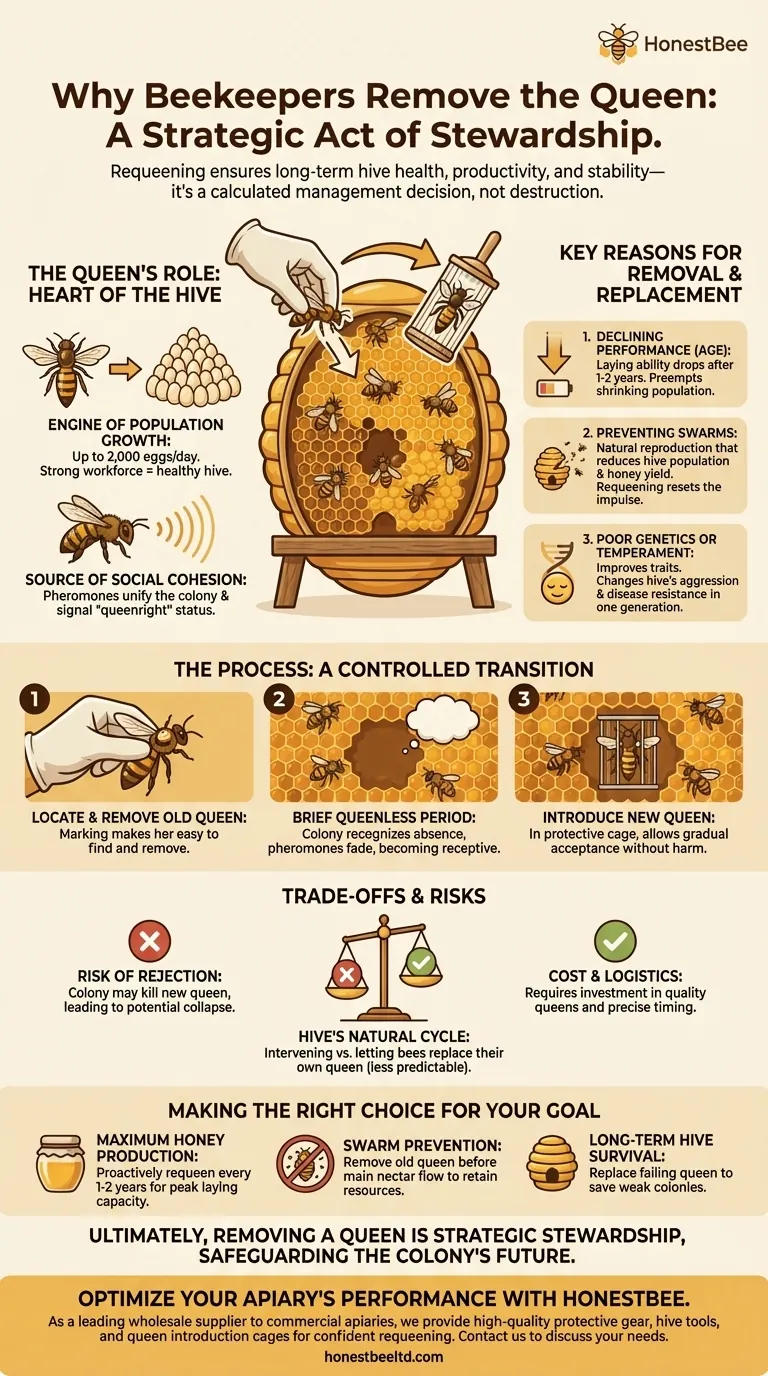
Related Products
- Jenter Queen Rearing Kit Complete Set for Bee Breeding
- Professional Plastic Queen Excluder for Modern Beekeeping
- Durable Galvanized Steel Spring Queen Bee Cage
- Metal Queen Bee Excluder for Beekeeping
- No Grafting Queen Rearing Kit: System for Royal Jelly Production and Queen Rearing
People Also Ask
- Why is raising queens beneficial for beekeepers? Gain Control Over Genetics and Costs
- How long does it take for a new queen to emerge, mate, and lay eggs? A Beekeeper's 10-14 Day Guide
- What is the timeline for queen breeding? A 28-Day Guide from Egg to Laying Queen
- What are the implications of delayed oviposition in queen bees? A Strategy for Superior Queen Quality
- What genetic pathways differ in QE-queens? Unlocking the Master Controls of Queen Bee Biology

